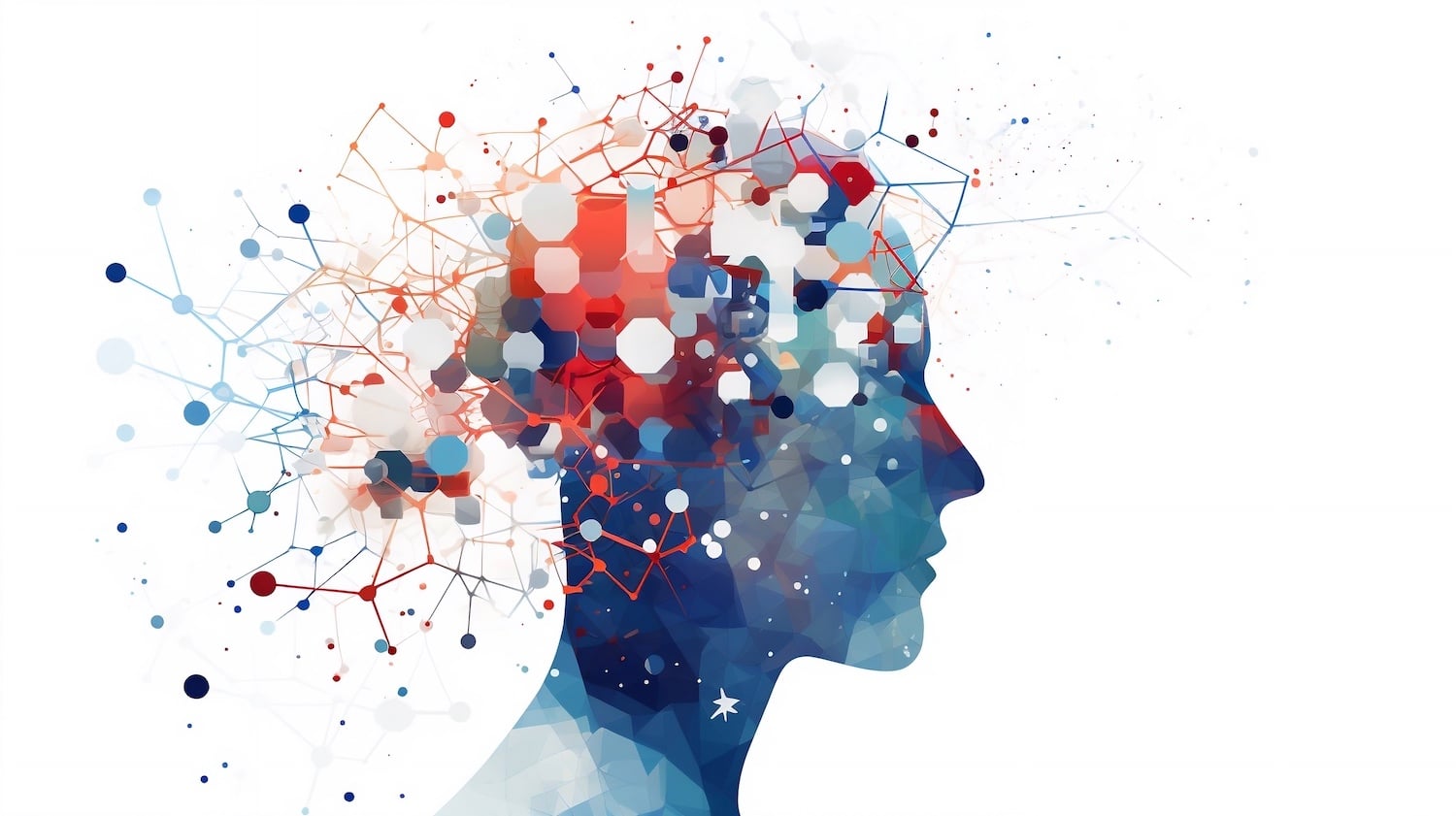Alcohol is one of the most widely used drugs in the United States. Millions of people consume alcohol every day, and nearly half of the adults in the United States have at least one drink per month.1 Unfortunately, while most people drink responsibly, not everyone can control their consumption.
According to the National Survey on Drug Use and Health, 10.6% of people meet the criteria for alcohol use disorder (AUD), more commonly known as alcoholism. Alcoholism, or AUD, is a chronic disease characterized by an inability to control one’s drinking, preoccupation with alcohol, continued use despite adverse consequences, and increased tolerance and withdrawal symptoms.2
How do you know whether you’ve crossed the line from casual drinking to concerning consumption levels? Alcohol use disorder is a progressive condition, and there are different stages of alcoholism that people pass through before reaching the most severe stage. The following signs of problem drinking are a good indicator of whether you may have an alcohol use disorder and might benefit from an addiction treatment program.
- Increased Tolerance: Needing to drink more to achieve the desired effect or experiencing reduced effects from the same amount of alcohol. Increased tolerance is one of the earliest stages of alcoholism.
- Neglecting Personal Hygiene: Neglecting personal grooming and hygiene while under the influence of alcohol.
- Increased Isolation: Withdrawing from friends and family, leading to social isolation.
- Secretive Behavior: Being secretive about alcohol use or hiding the amount consumed.
- Drinking to Relieve Stress: Using alcohol as a way to cope with stress, anxiety, or other emotional problems.
- Neglecting Responsibilities: Avoiding or not fulfilling responsibilities at work, school, or home because of drinking.
- Losing Interest in Hobbies: Giving up or reducing important social, occupational, or recreational activities because of alcohol use.
- Preoccupation with Alcohol: Spending a significant amount of time obtaining, using, or recovering from the effects of alcohol.
- Losing Control of Consumption: Drinking more or for a longer period than intended or being unable to cut down or control alcohol consumption.
- Failing to Cut Back or Quit: Repeated unsuccessful efforts to quit or cut down on alcohol use.
- Loss of Control Over Priorities: Giving up or reducing social, occupational, or recreational activities in favor of alcohol use.
- Continuing to Drink Despite Harm: Drinking despite knowledge of physical or psychological problems exacerbated or caused by alcohol, or despite social or interpersonal issues due to drinking, often seen in the later stages of alcoholism.
- Drinking in Risky Situations: Consistently drinking in situations where it’s physically hazardous (e.g., drinking and driving).
- Legal or Social Problems: Continued alcohol use despite having legal or social problems related to alcohol, like arrests for drunken behavior or DUI.
- Experiencing Withdrawal Symptoms: Experiencing withdrawal symptoms like nausea, sweating, shakiness, anxiety, or depression when alcohol use is stopped or reduced. Withdrawal symptoms occur during the most severe stages of alcoholism.

Again, alcoholism is a progressive condition, and not everyone experiences all signs of AUD. Specialists classify alcohol use disorder as mild, moderate, or severe depending on the number of symptoms you experience. If you show a few of the signs above, though, it might be time to reconsider your relationship with alcohol.
Reach out to an alcohol treatment program like Silver Pines to discuss whether you may benefit from a professional, specialized approach to care. We provide individualized, comprehensive care to anyone who needs help overcoming their alcohol use. Call us at 267-719-8689 or submit an online contact form to speak with one of our admissions specialists and find the care you need today.
References
- Substance Abuse and Mental Health Services Administration. (2022). 2021 National Survey on Drug Use and Health.
- National Institute on Alcohol Abuse and Alcoholism. (2023). Understanding Alcohol Use Disorder.



